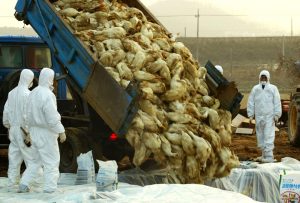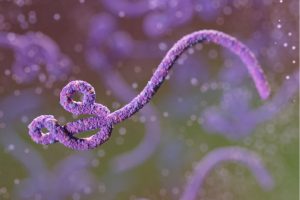Before the COVID-19 pandemic, the media paid little attention to infectious disease outbreaks in other countries. Even in the first weeks of 2020, the danger was underestimated; the World Health Organisation (WHO) itself misjudged the risk. Having learned their lesson, the online media have now found a goldmine of clicks by warning of the next pandemic. In particular, they talk about Disease X, a virus 20 times more deadly than COVID-19, which the WHO is supposedly warning us about. But does it exist? And what is it or could it be?

Although the term “Disease X” has hit the media in 2024, the WHO coined it years ago, at a time when the media usually ignored infectious outbreaks. In 2015, the UN agency published its first list of emerging pathogens of greatest concern, those that could cause major epidemic outbreaks. All were viruses, including Crimean-Congo haemorrhagic fever, Ebola virus disease and Marburg, Lassa fever, severe acute respiratory syndrome (SARS) and Middle East respiratory syndrome (MERS), Nipah and henipaviral diseases, Rift Valley fever and Zika.

The list was later updated, and in 2018 the WHO included a so-called “Disease X”, a blank space for an as yet unknown threat. This blank space was meant to be a wake-up call to the need to promote research and preparedness for the pandemics that would undoubtedly come. And come they did. The SARS-CoV-2 virus from COVID-19 is considered by the WHO to be the first Disease X.
But even though COVID-19 has killed seven million people to date, it could have been much worse, and could be worse in the future. That is why WHO Director-General Tedros Adhanom Ghebreyesus took the issue of Disease X to the World Economic Forum meeting in Davos in January 2024, to keep the warning alive and ensure that the need for research and preparedness is not forgotten.

So the Disease X that is 20 times more deadly than COVID-19 and has been discussed in the media is still just a hypothesis, but one that the WHO says we should take very seriously in the light of what we have learned. What could it be? Experts say it is likely to be a respiratory RNA virus like SARS-CoV-2 and influenza, and zoonotic—transmitted from animals to humans—and may already be circulating in animals but has not yet spread to humans. Bird flu has alerted us to similar cases, and influenza and coronaviruses are candidates often mentioned by experts.

Are we prepared? The recent pandemic has given a powerful boost to diagnostic techniques, vaccines, prevention measures, surveillance, zoonotic risk assessment, epidemiological models and treatments. But Thedros warned in Davos: “The cycle of panic and neglect is beginning to repeat.” The WHO director lamented that the lessons learned are in danger of being forgotten, and that we will pay dearly for it: “And there will be a next time. History teaches us that the next pandemic is a matter of when, not if.” “The world remains unprepared,” concluded Thedros.
Comments on this publication